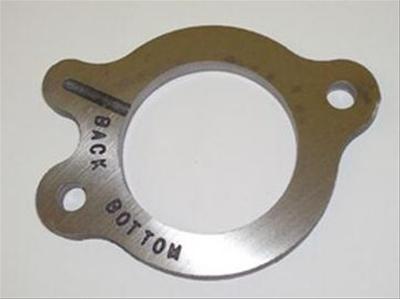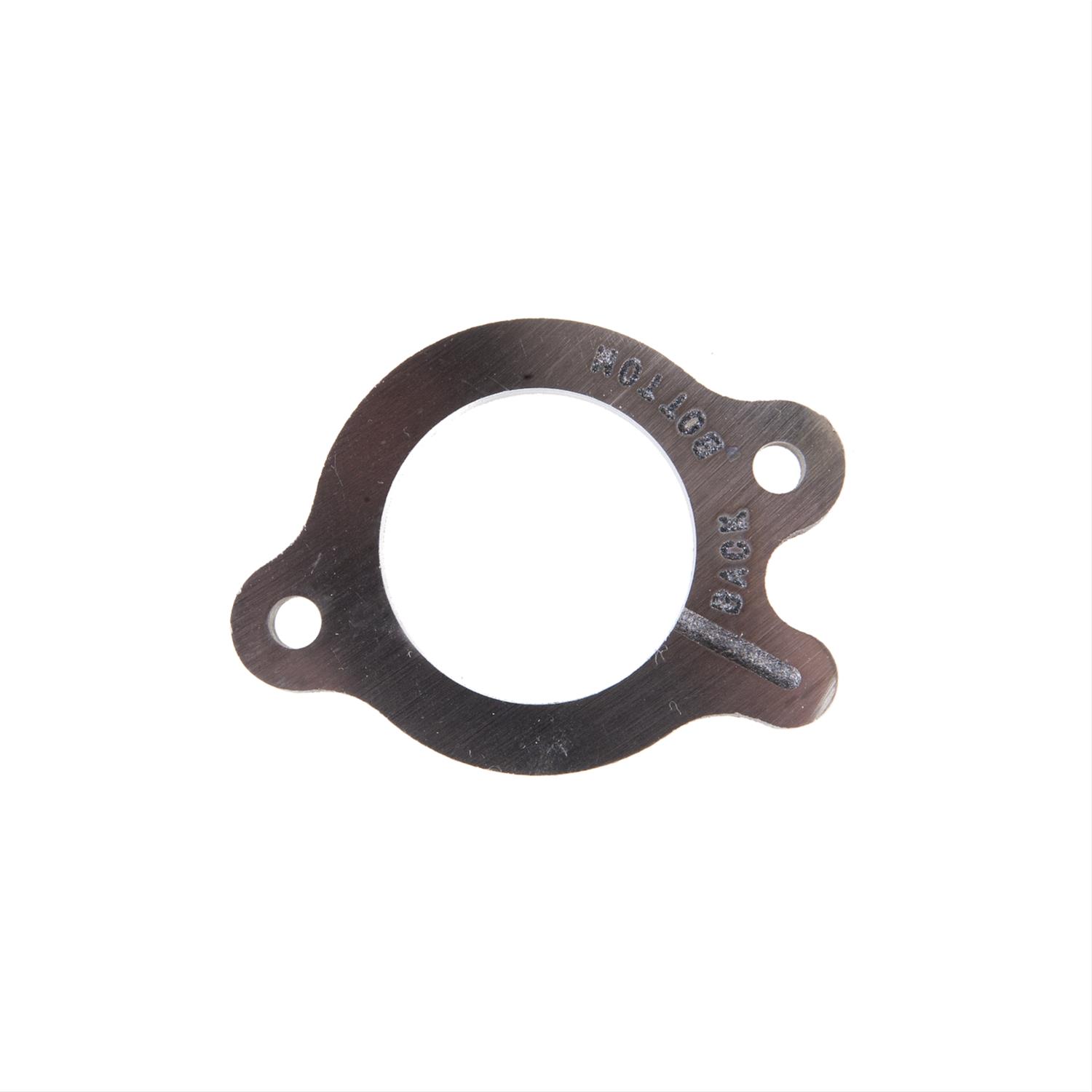cbrf3
Thread starter
I suppose we should have removed that while we were in there. Would that have helped? We cleaned everything else reachable including behind the distributor gear. Suppose that should have come out at that time as well to clean in out better. We are amateurs after all.

FORD Melling MF126 Melling Camshaft Thrust Plates | Summit Racing
Free Shipping - Melling Camshaft Thrust Plates with qualifying orders of $109. Shop Camshaft Thrust Plates at Summit Racing.www.summitracing.com
It comes from behind the cam retainer plate.

